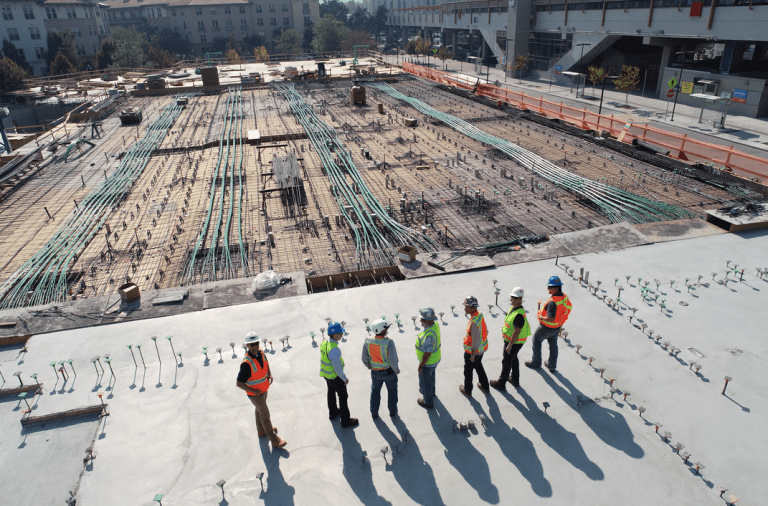Communication Effective communication stands as a pivotal skill for realtors in Newark, NJ, where the diversity of the property market demands clarity and precision in every interaction. For these realtors, it’s not just about conveying the features of a property; it’s about storytelling, painting a picture of a home that aligns with the client’s dreams and needs. They must articulate the benefits and potential of each property, ensuring that clients fully grasp the value and possibilities. This skill also involves being clear and transparent about the buying or selling process, helping clients navigate the complexities of real estate transactions. In Newark’s competitive market, realtors who excel in communication build stronger relationships with clients, leading to repeat business and referrals. Ultimately, the ability to communicate effectively sets the foundation for trust and success in the real estate industry. Listening Listening, in the realm of real estate, is an art that goes beyond hearing words; it’s about understanding clients’ underlying emotions, needs, and desires. Active listening involves paying close attention to the client’s tone, choice of words, and body language, enabling realtors to pick up on unspoken concerns or preferences. This skill allows agents to tailor their approach and recommendations to match exactly what the client is looking for, thereby enhancing client satisfaction. For instance, by carefully listening, a realtor can discern between a buyer’s need for a ‘cozy’ home versus a ‘spacious’ one, which can lead to vastly different property suggestions. Effective listening also helps in building rapport and trust with clients, as they feel genuinely heard and understood. In summary, mastery of listening equips realtors with the insights necessary to serve their clients better and forge stronger, more personal connections in their professional relationships. Negotiation Negotiation in real estate is a critical skill that involves much more than just agreeing on a price. It’s about finding common ground where all parties feel they have achieved a favorable outcome. A successful negotiator in real estate must understand the nuances of each deal, balancing client needs with market realities to reach an equitable solution. This requires not only a deep knowledge of the market but also the ability to empathize with each party’s position and constraints. For real estate professionals, effective negotiation means advocating for their clients while maintaining a fair and professional relationship with the opposing party. By mastering this skill, realtors can ensure transactions progress smoothly, fostering goodwill and long-term relationships with both buyers and sellers, ultimately leading to more successful deals and a stronger reputation in the industry. Problem-Solving Problem-solving in real estate is a vital skill, as the industry is fraught with challenges that can arise at any stage of a transaction. This skill involves identifying issues quickly and devising effective solutions to keep the process moving forward. A real estate professional with strong problem-solving abilities can navigate complex situations, such as negotiating repairs after a home inspection or resolving title issues before closing. This requires not only a keen eye for detail but also creative thinking to find workable solutions that satisfy all parties involved. Effective problem solvers in real estate are proactive, anticipating potential obstacles and addressing them before they escalate into larger issues. By cultivating this skill, realtors can ensure smoother transactions, minimize stress for their clients, and maintain their reputation as reliable and competent professionals. Time Management Time management is an essential skill for success in the fast-paced real estate industry. Effective time management enables realtors to juggle various responsibilities, such as client meetings, property showings, market research, and administrative tasks, without compromising on quality or efficiency. It’s about prioritizing activities, setting realistic goals, and allocating time wisely to ensure that critical tasks are completed within deadlines. For real estate professionals, managing time effectively also means being adaptable and able to respond swiftly to unexpected opportunities or challenges that arise. Good time management skills lead to increased productivity, reduced stress, and a better work-life balance, which are crucial for long-term success and client satisfaction in real estate. By mastering this skill, realtors can provide exceptional service to their clients, build a strong reputation, and ultimately, close more deals. Empathy Empathy is a powerful soft skill in real estate, enabling professionals to connect with clients on a deeper emotional level. It’s about understanding and sharing the feelings of others, seeing the world through their eyes, and recognizing the emotional nuances of each client’s journey in buying or selling a home. Empathetic realtors can anticipate their clients’ needs and concerns, offering support and guidance that is attuned to their emotional state and personal circumstances. This emotional connection fosters trust and loyalty, making clients feel valued and understood, which is crucial in building lasting relationships. Moreover, empathy helps realtors to navigate sensitive negotiations and difficult conversations with tact and compassion, ensuring that all parties feel heard and respected. In essence, empathy not only enhances client relationships but also contributes to more successful and fulfilling transactions in the real estate business. Networking Networking is a critical component of a successful real estate career, as it opens doors to new opportunities, resources, and knowledge that can significantly impact an agent’s success. Effective networking involves building and maintaining relationships with a wide range of individuals, including other real estate professionals, potential clients, lenders, and community members. Through these connections, realtors gain insights into market trends, obtain leads, and increase their visibility in the industry. Networking events, real estate associations, and social media platforms are valuable venues for establishing and nurturing these professional relationships. Furthermore, a strong network can provide support, advice, and mentorship, helping realtors to grow and advance in their careers. In essence, networking in real estate is not just about making contacts; it’s about creating meaningful, mutually beneficial relationships that can flourish over time. Market Awareness Market awareness is indispensable in the real estate sector, enabling professionals to stay abreast of the latest trends, pricing, and demand shifts within the market. It involves a continuous process of research and analysis to understand how various factors, such as














